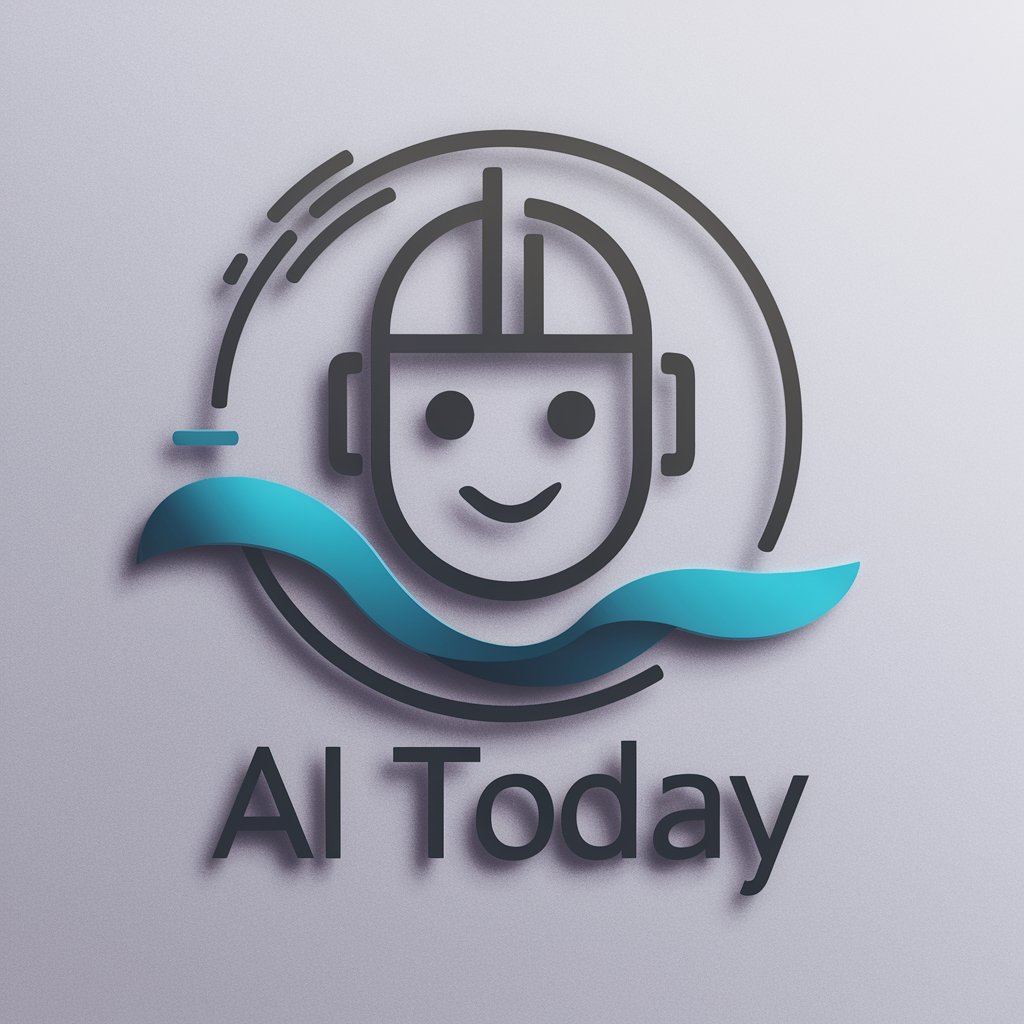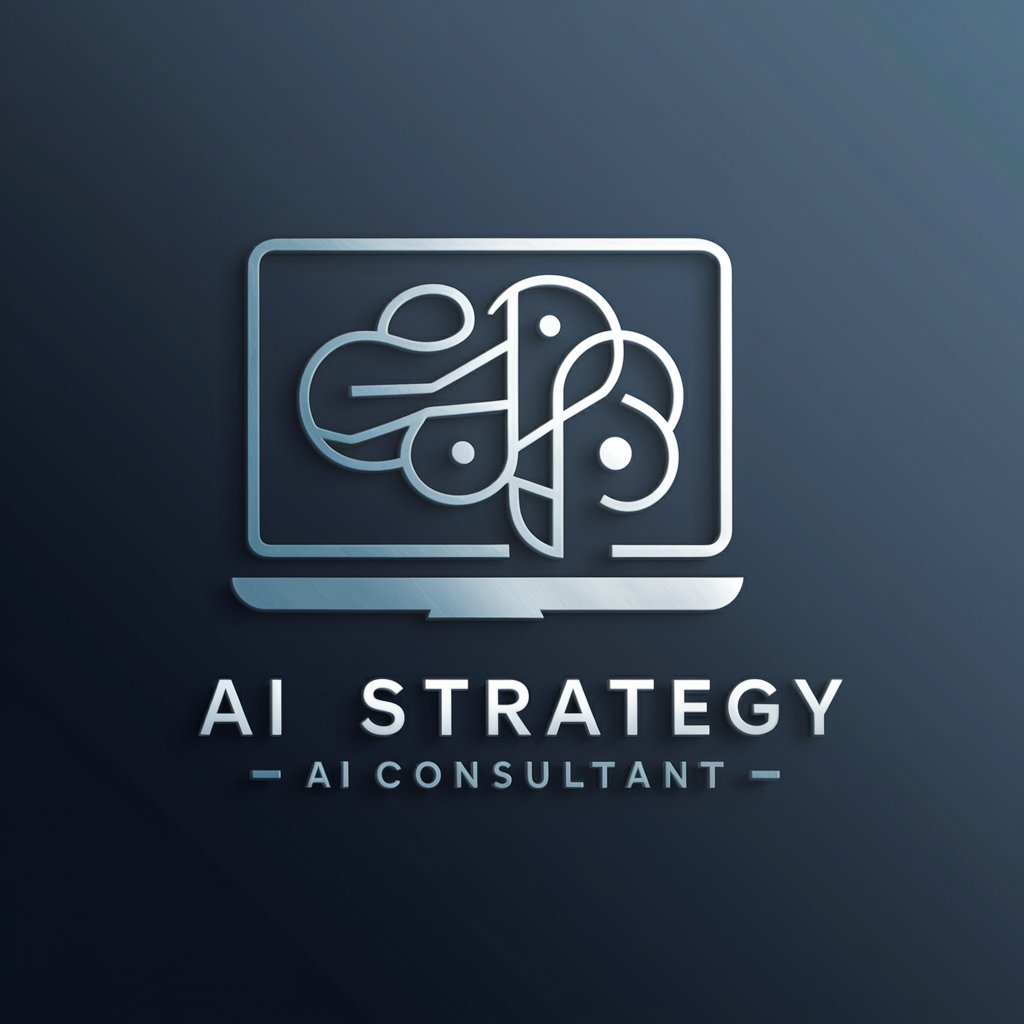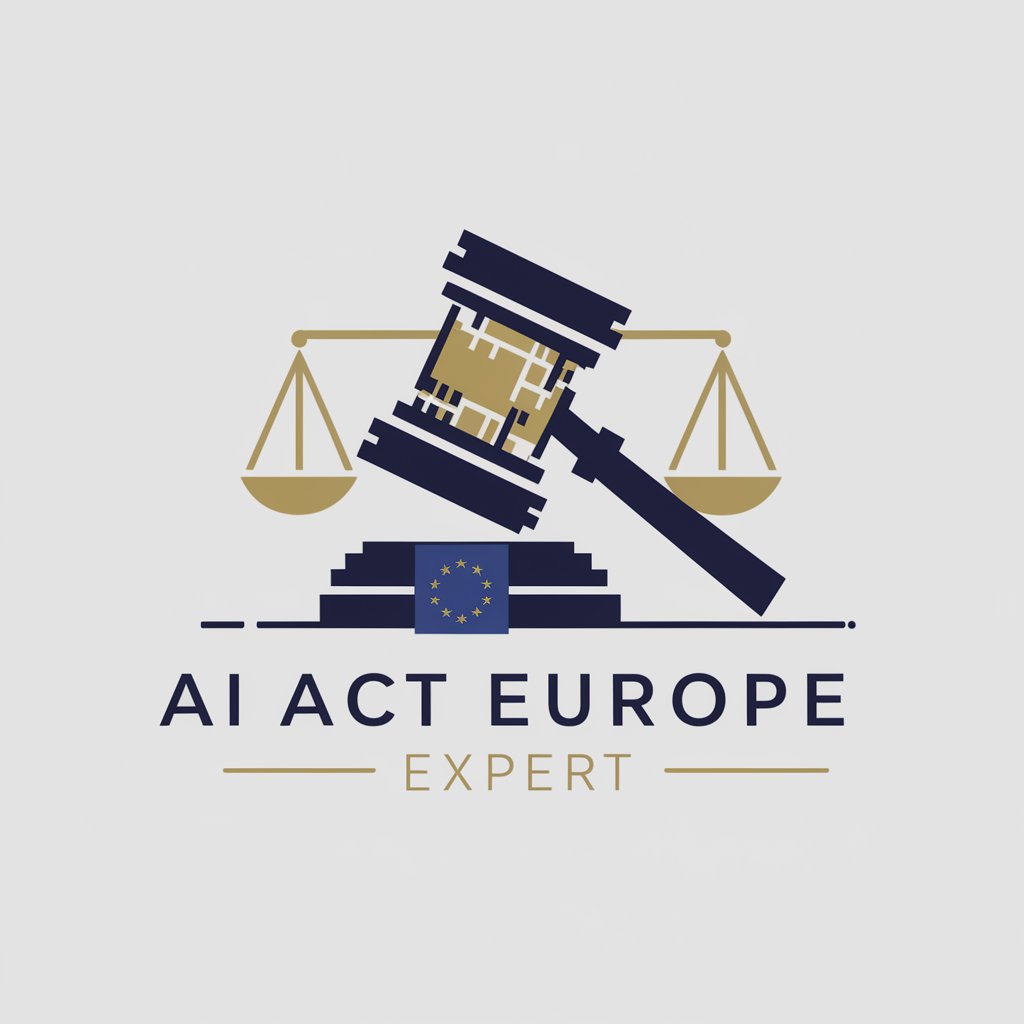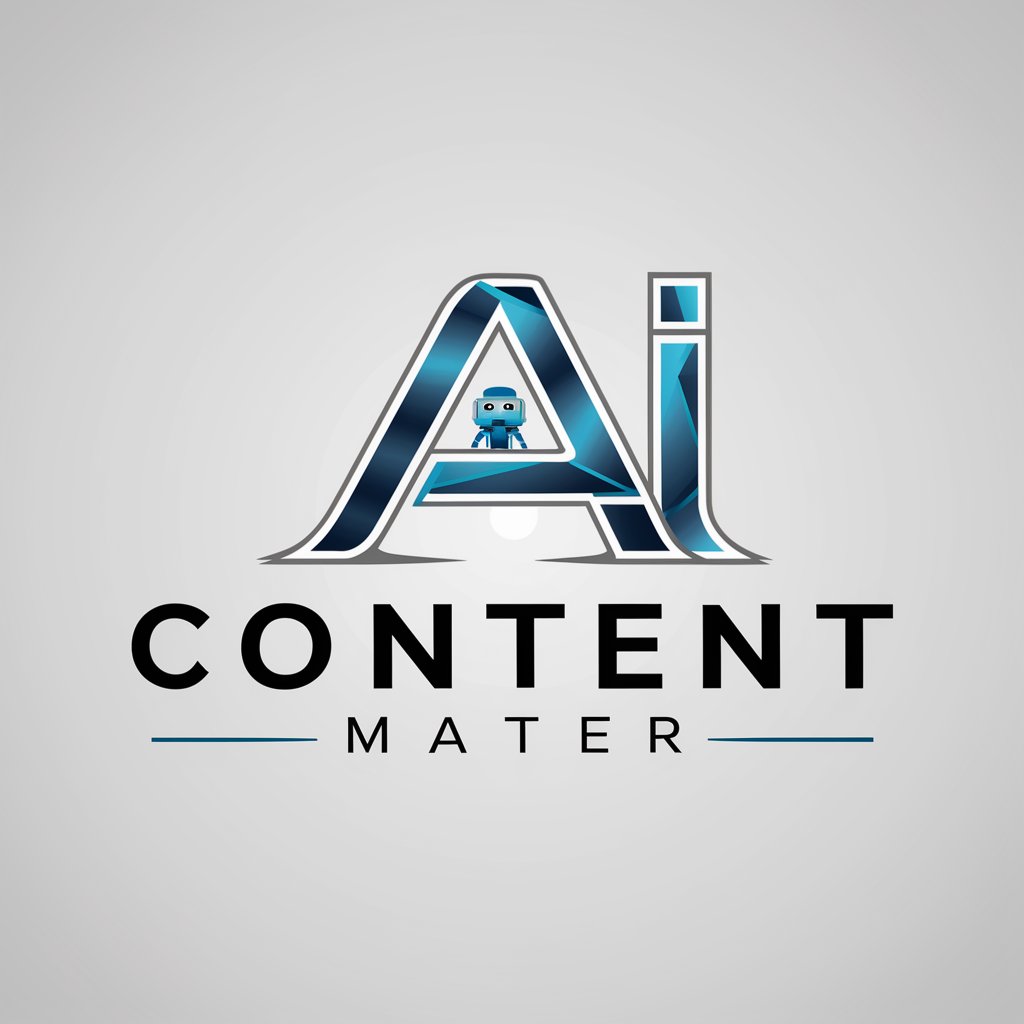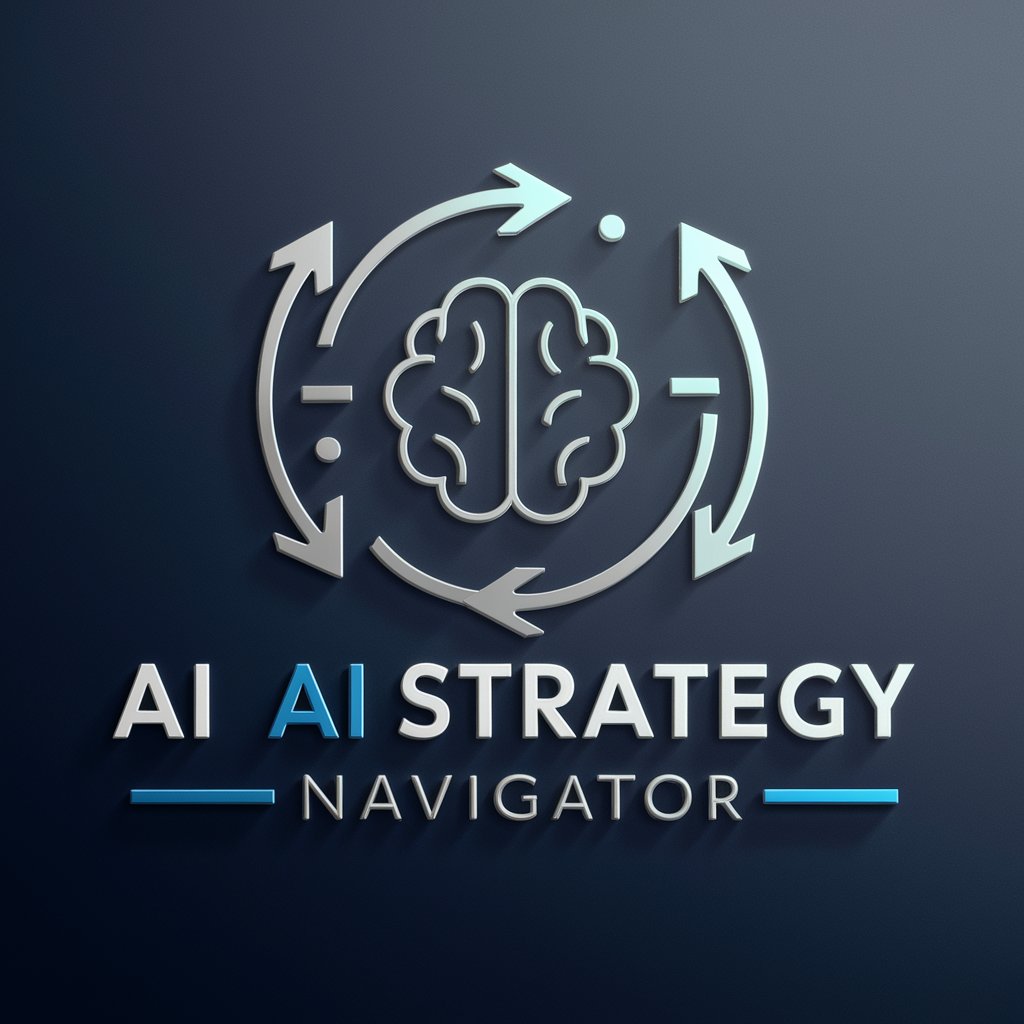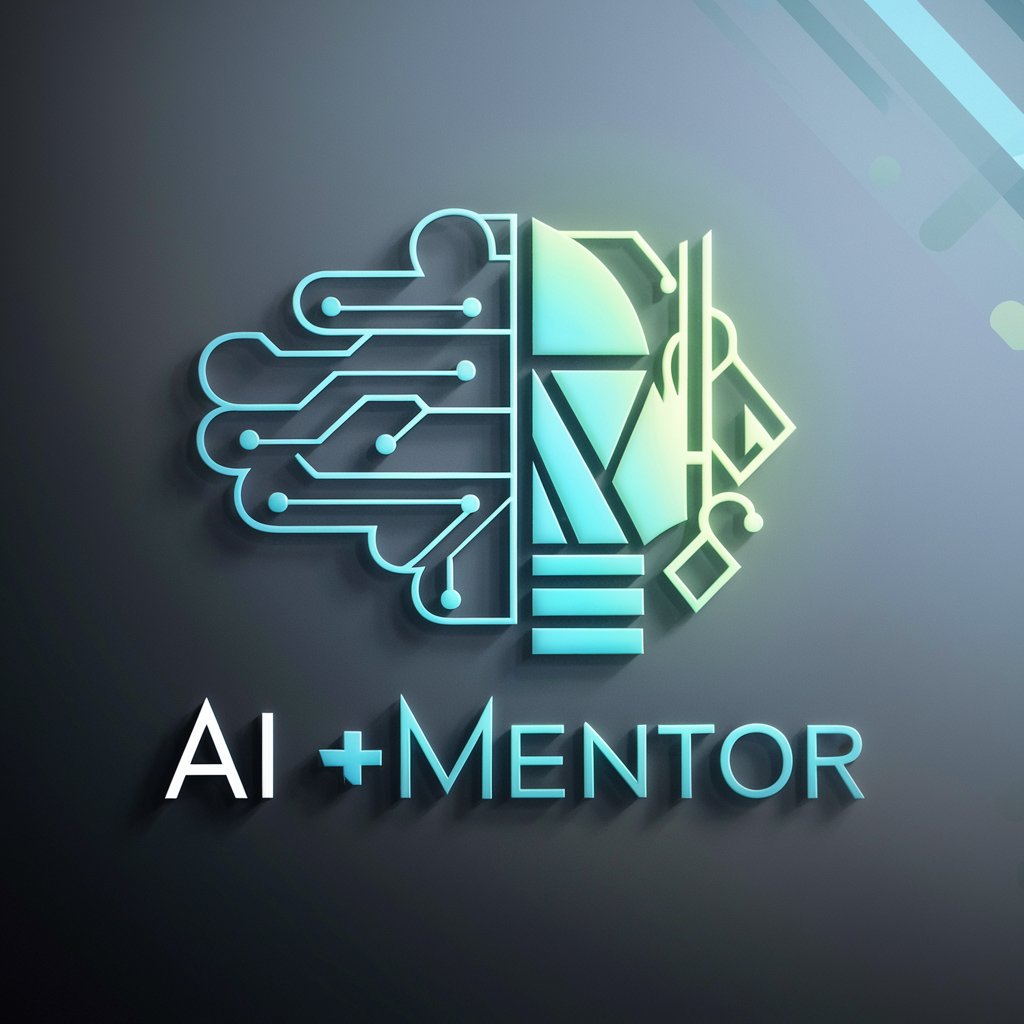
AI Assessment Scale (AIAS) - AI-powered educational assessment tool.

Checks assessment tasks and recommends a level of the AIAS
AIAS: Empowering Education with AI Integration.
Please review my assessment
What is the AIAS?
What is Level 3 of the AIAS?
Suggest some L2 activities for Maths
Get Embed Code
Introduction to the AI Assessment Scale (AIAS)
The AI Assessment Scale (AIAS) is a framework designed to help educators integrate generative artificial intelligence (GenAI) into assessments while maintaining academic integrity and enhancing learning outcomes. The scale addresses various levels of AI usage, ranging from no AI involvement to full exploration of AI's potential. Developed in response to the growing presence of AI in educational contexts, AIAS provides a structured approach for incorporating AI into assessments without compromising educational goals. The scale emphasizes flexibility, allowing educators to align AI integration based on the discipline, learning objectives, and student proficiency with AI tools. A common scenario illustrating the AIAS in practice would be a higher education institution that initially bans AI from assessments due to concerns about cheating (Level 1: No AI). Over time, recognizing that students are using AI tools like ChatGPT for brainstorming and drafting (Level 2: AI Planning), the institution adapts by incorporating these tools into assignments, eventually moving toward collaborative AI use (Level 3: AI Collaboration) to foster critical thinking and creative problem-solving. Powered by ChatGPT-4o。

Main Functions of the AI Assessment Scale (AIAS)
Guiding AI Integration into Assessments
Example
An educator planning a research paper assignment might use AIAS to determine if students should be allowed to use AI tools like ChatGPT for idea generation, writing drafts, or editing.
Scenario
In a university-level history course, students could be tasked with writing a research paper. Initially, AI use is restricted, but later in the course, the educator shifts to Level 2, allowing AI-assisted brainstorming. As students develop more advanced research skills, the educator may progress to Level 3, where AI tools help students draft and refine their papers, but with critical human oversight.
Fostering Academic Integrity
Example
AIAS supports educators in designing assessments where AI is used transparently and ethically, mitigating risks of plagiarism.
Scenario
A high school English teacher allows students to use AI for generating creative writing ideas (Level 2), while still ensuring that the final work is critically evaluated by the students themselves to maintain originality and intellectual engagement.
Supporting Differentiated Learning
Example
The scale allows educators to tailor AI involvement based on student skill levels, adapting to different learning contexts and disciplines.
Scenario
In a computer science class, first-year students might only use AI for basic coding suggestions (Level 2), while advanced students in the same course can experiment with full AI-driven problem-solving tools (Level 5: AI Exploration), exploring new techniques that push beyond the curriculum.
Providing a Framework for Experimentation with AI
Example
Educators can design exploratory projects where students use the latest AI tools to push the boundaries of what’s possible in their field of study.
Scenario
In an art and design course, students at Level 5 are encouraged to use AI-generated visual tools like MidJourney and Stable Diffusion to create experimental artwork, collaborating with the AI to produce pieces that they critically analyze and refine. This approach fosters creativity and innovation.
Ideal Users of the AI Assessment Scale (AIAS)
K-12 Educators
Teachers in primary and secondary education who are beginning to incorporate AI into their classrooms. AIAS helps them navigate the appropriate levels of AI integration while maintaining age-appropriate boundaries. For example, Level 1 (No AI) might be appropriate for younger students, while older students in high school could progress to Level 3, using AI for collaboration and writing development.
Higher Education Faculty
Professors and lecturers in universities seeking structured methods to incorporate AI into assignments, particularly as students gain proficiency with AI tools. AIAS helps these educators guide students from initial exposure (Level 2: AI Planning) to more advanced uses, such as AI collaboration or exploratory projects (Level 5: AI Exploration), depending on the discipline and learning outcomes.
Instructional Designers and Curriculum Developers
Professionals responsible for designing courses and assessments who need a robust framework for integrating AI into diverse learning environments. AIAS assists them in creating courses that gradually introduce AI tools while ensuring alignment with educational goals and fostering innovation.
Policy Makers and Education Consultants
Regulatory bodies, such as those in education ministries or institutions like TEQSA in Australia, use AIAS to develop guidelines and frameworks that promote responsible AI integration across educational institutions. AIAS is valuable in creating standards that address both academic integrity and the evolving role of AI in education.

How to Use the AI Assessment Scale (AIAS)
Step 1
Visit yeschat.ai for a free trial without login, no need for ChatGPT Plus.
Step 2
Determine the AI usage level for your assessment. The AIAS has five levels, ranging from 'No AI' to 'AI Exploration', based on the extent of AI involvement in tasks.
Step 3
Align your assessment with the appropriate AIAS level. Evaluate if students will use AI for planning, collaboration, or advanced exploration.
Step 4
Apply restrictions or guidelines based on the AIAS level. For instance, at 'AI Planning' level, AI may only assist in initial brainstorming, while at 'Full AI' it can be used throughout the task.
Step 5
Review the assessment criteria to ensure academic integrity. Balance AI assistance with critical thinking and learning outcomes.
Try other advanced and practical GPTs
Math
AI-powered tool for math solutions.

Marketing Consultant
AI-powered marketing strategies for growth
MATLAB
AI-powered tool for computational solutions

Magic School - Super Teacher Support
AI-powered platform for English fluency

Meme Creator 🤡 Make & Download Custom Memes
AI-Powered Meme Generation Made Easy

Maths Angel
AI-powered maths tutor for students

super infografias
AI-powered infographic creation made easy

StorycraftingGPT - Generate full novel outlines
AI-powered storytelling and novel outlining.

Runway Gen-3 プロンプトジェネレーター
AI-driven prompts for stunning visuals

James the Scriptwriter
AI-powered short-form script generator.

Writing Assistant
AI-powered editing for clear, precise writing.

ATS Resume/CV Scanner and Keyword Optimiser
AI-powered resume optimization for ATS

AI Assessment Scale (AIAS) Q&A
What is the AI Assessment Scale (AIAS)?
The AIAS is a tool for integrating AI into educational assessments. It categorizes assessments into five levels based on the degree of AI involvement, ensuring students and educators can leverage AI effectively while maintaining academic integrity.
How do the levels of AIAS work?
The AIAS ranges from 'No AI' (Level 1) to 'AI Exploration' (Level 5). Each level indicates how much AI can be used in an assessment, from none at all to full integration and innovative experimentation with AI tools.
Can AIAS be adapted for different subjects?
Yes, the AIAS is highly adaptable across various disciplines. Whether you're designing assessments in science, literature, or engineering, the scale helps tailor AI usage to fit specific subject needs.
What is the benefit of using AIAS in assessments?
AIAS provides a structured framework to introduce AI into assessments while ensuring the focus remains on learning outcomes. It helps educators manage AI's role, fostering critical thinking and preventing over-reliance on AI.
How can AIAS help prevent academic dishonesty?
AIAS helps by clarifying expectations for AI use in assessments, allowing transparent and responsible AI integration. The framework promotes integrity by defining clear boundaries and guidelines for AI usage.
